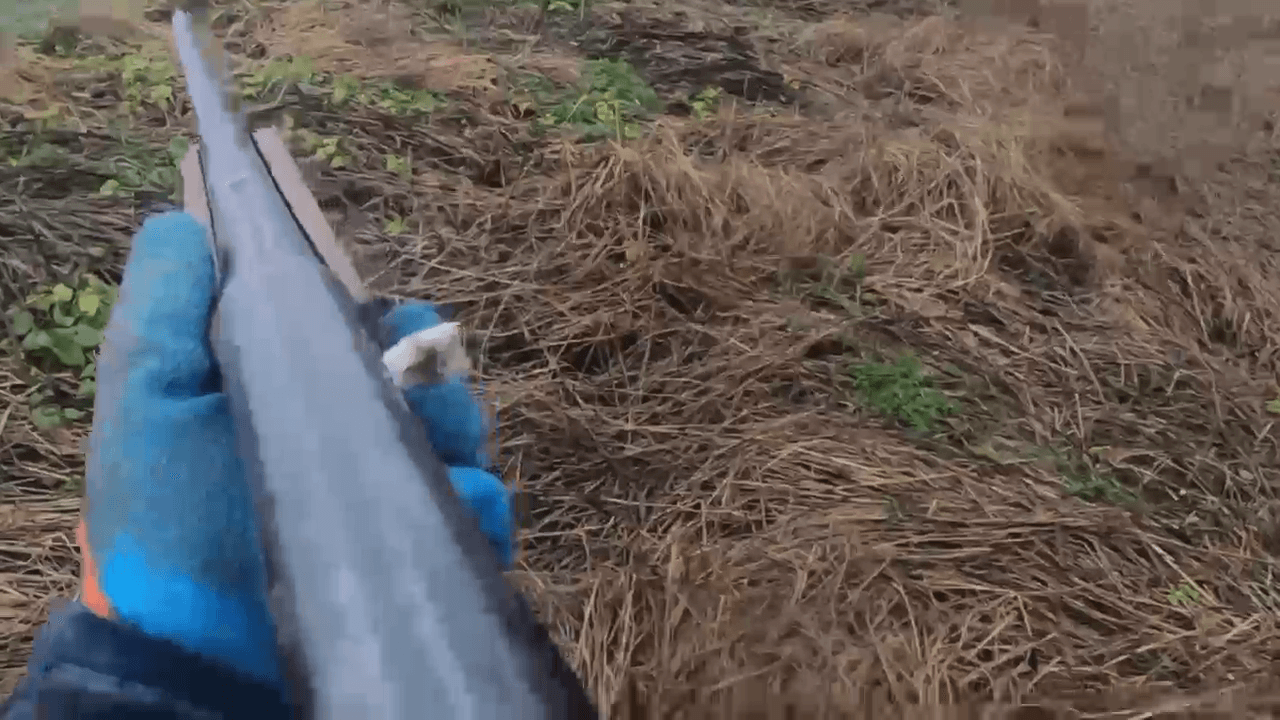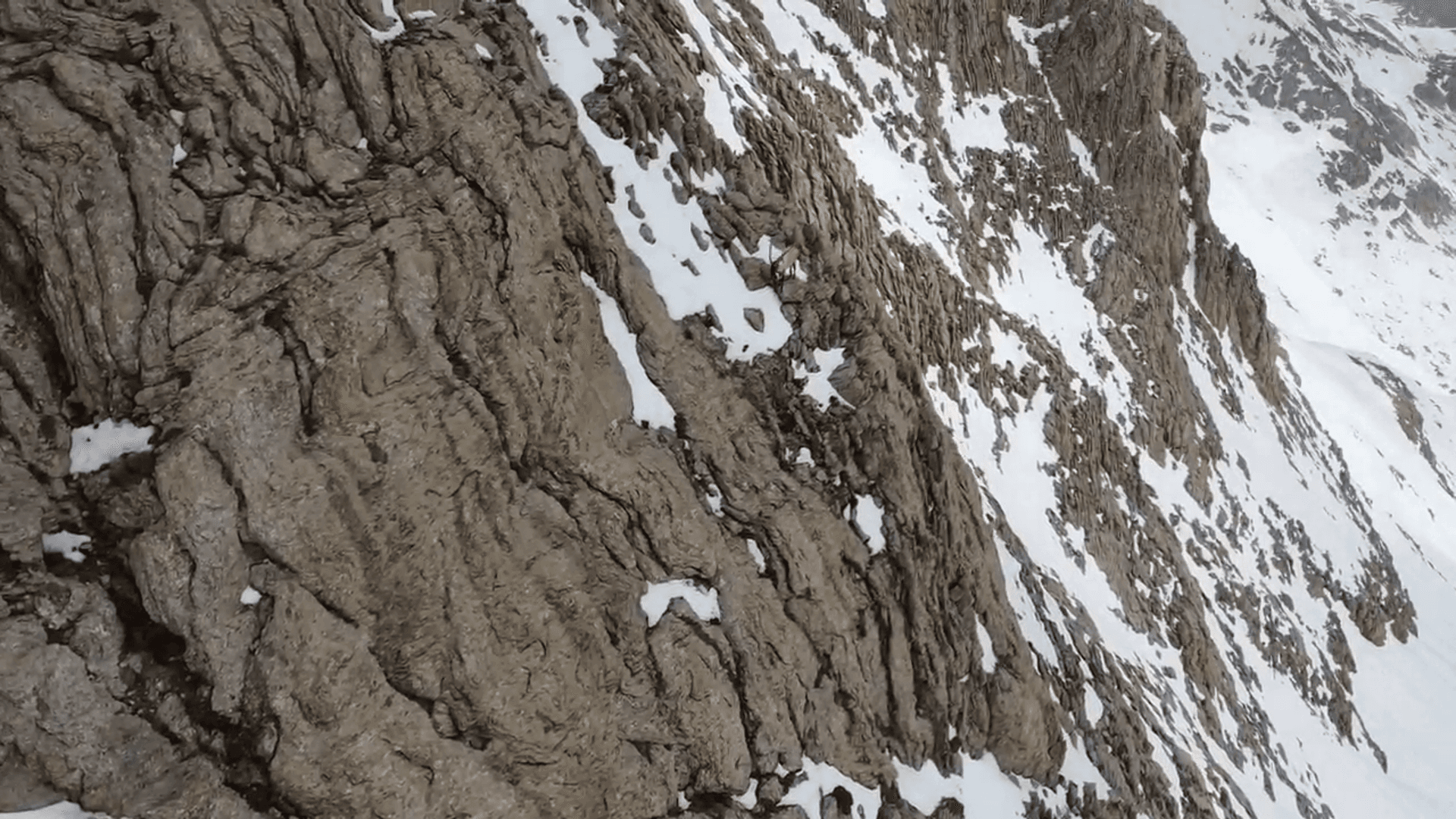
Hunting in Mongala: Environmental Riches, Community-Based Hunting, and Wildlife Variety Geography and Natural Features in Mongala Mongala Province lies in the northwestern section of the Democratic Republic of the Congo, bordering the Congo River and covered by expansive lowland tropical rainforests. Its terrain includes swampy valleys, dense forest canopies, and river networks that flow into the Ubangi and Congo Rivers. These fertile and water-rich environments support a vast array of plant and animal life, creating exceptional natural conditions for both traditional and subsistence hunting practices. Demographics and Hunting Participation The population of Mongala is largely rural and dependent on the land and forest. Indigenous communities such as the Ngbandi, Ngbaka, and Mbudja are well represented in the region and are known for their deep connection to the forest. Hunting is a daily activity in many villages, often performed to provide meat, support family needs, and maintain
Post: 5 August 17:30
















































